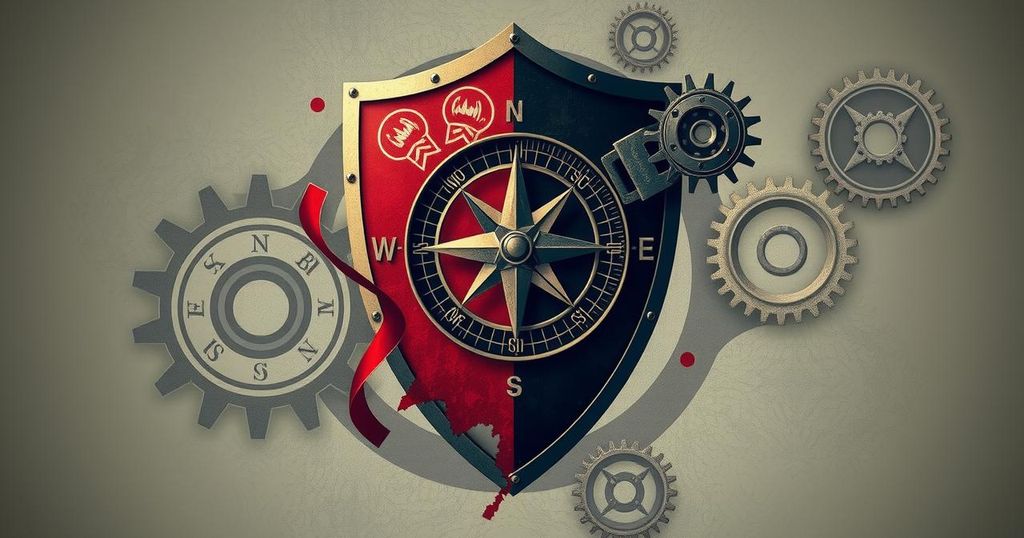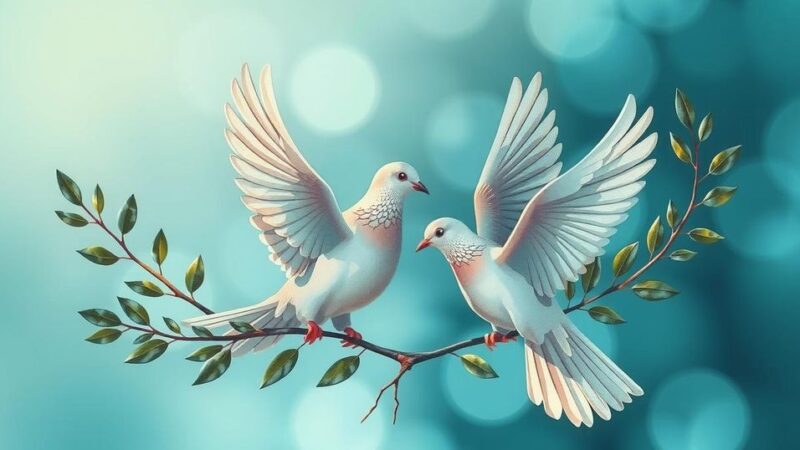Ukrainian forces captured two North Korean soldiers in January 2023, confirming North Korea’s involvement in the conflict alongside Russia. The operations highlight the complexities of the war, including the human experiences shared between captors and captives. These captures have raised awareness about international military alliances and geopolitical tensions in the region.
In January 2023, Ukrainian forces captured two North Korean soldiers, marking a significant development in the conflict as it confirmed North Korea’s involvement in the war alongside Russia. These young, disciplined soldiers evoked both curiosity and sympathy from their captors, who had long sought to obtain intelligence on North Korean personnel operating in Ukraine.
The capture unfolded during two separate operations on January 9, amidst ongoing battles for the Kursk region. Reports indicated that thousands of North Korean troops fought with Russian forces, a claim that had been unacknowledged by Moscow. The Ukrainian military had previously captured one North Korean soldier, who unfortunately succumbed to his injuries thereafter.
During the first successful mission, the Ukrainian special forces located three North Korean soldiers abandoned in a dangerous gray zone. Engaging in a firefight, two North Koreans were killed, while one was left wounded. In the ensuing rescue, the Ukrainian soldiers provided immediate medical aid and comfort, even as they faced enemy fire during the extraction.
As the Ukrainian soldiers approached the injured North Korean, he displayed confusion and fear, especially after realizing he had come into Ukrainian custody. It was noted that despite the tension of battle, there was a moment of unexpected compassion shared between the soldiers, with one Ukrainian soldier reassuring the captive, “You will live.”
On the same day, a second North Korean soldier was captured. Initially unidentified, he wandered from the Russian lines during an intense skirmish. Ukrainian airborne troops spotted him acting erratically before recognizing he was a North Korean. Despite his injuries, he appeared bewildered about his fate amidst the escalating conflict.
In his attempt to evade capture, the North Korean soldier exhibited desperate behavior, including a suicide attempt by striking his head against a concrete pillar. Ukrainian paratroopers managed to secure him without losing their guard against possible Russian drone reconnaissance. Subsequently, intelligence gathered revealed that he had been misled about his mission, believing he was in Russia for training rather than combat.
The Security Service of Ukraine disclosed that one of the captured soldiers lacked identification, while the other possessed a Russian military ID. This incident underscores the extent of North Korea’s military engagement in the Ukrainian conflict, prompting broader implications for international relations regarding North Korea’s involvement alongside Russia.
The conflict between Ukraine and Russia has evolved considerably since its inception, with various international players becoming involved. North Korea’s direct contribution to the conflict alongside Russian forces raises questions about military alliances and geopolitical strategies. Historically, North Korea has offered military support to Russia but has largely remained under international scrutiny due to its secretive operations. The discovery of North Korean soldiers fighting in Ukraine emphasizes the global ramifications of the ongoing war and highlights North Korea’s willingness to engage in unconventional military partnerships.
The capture of two North Korean soldiers by Ukrainian forces marks a pivotal moment in the war, providing evidence of North Korea’s military involvement alongside Russia. This event has implications for global military alliances and highlights the complexities of a battlefield where soldiers from different nations converge. The empathetic interactions between the Ukrainian soldiers and their captives also illustrate the human side of conflict, despite the ideological divisions that exist.
Original Source: www.washingtonpost.com






